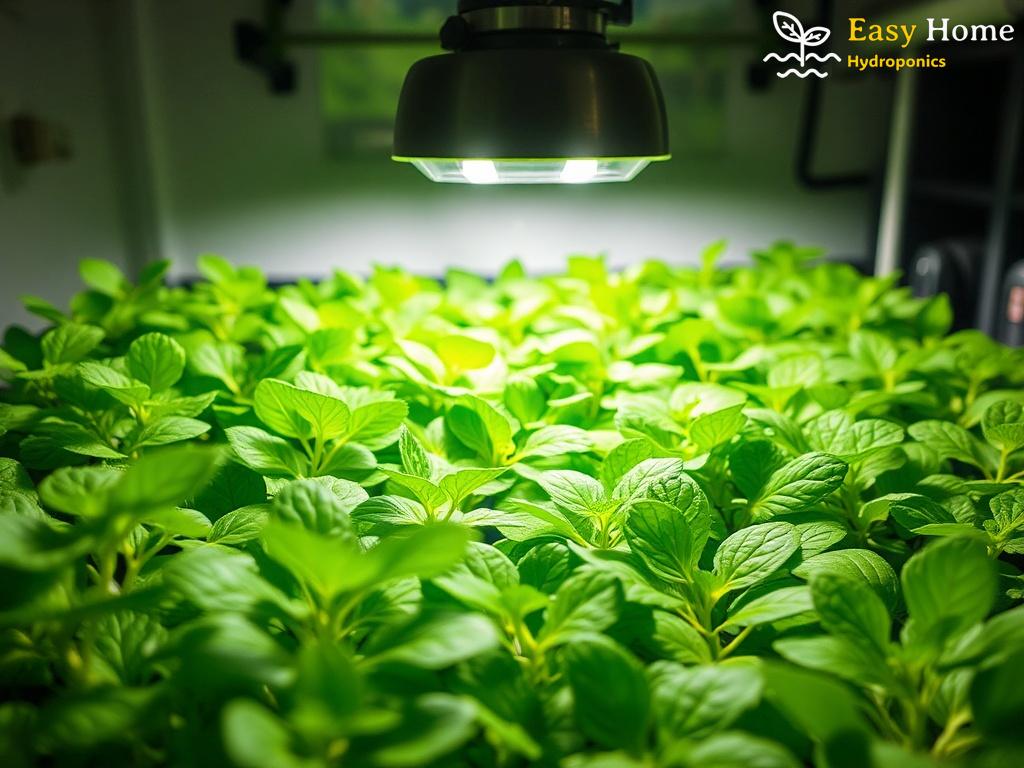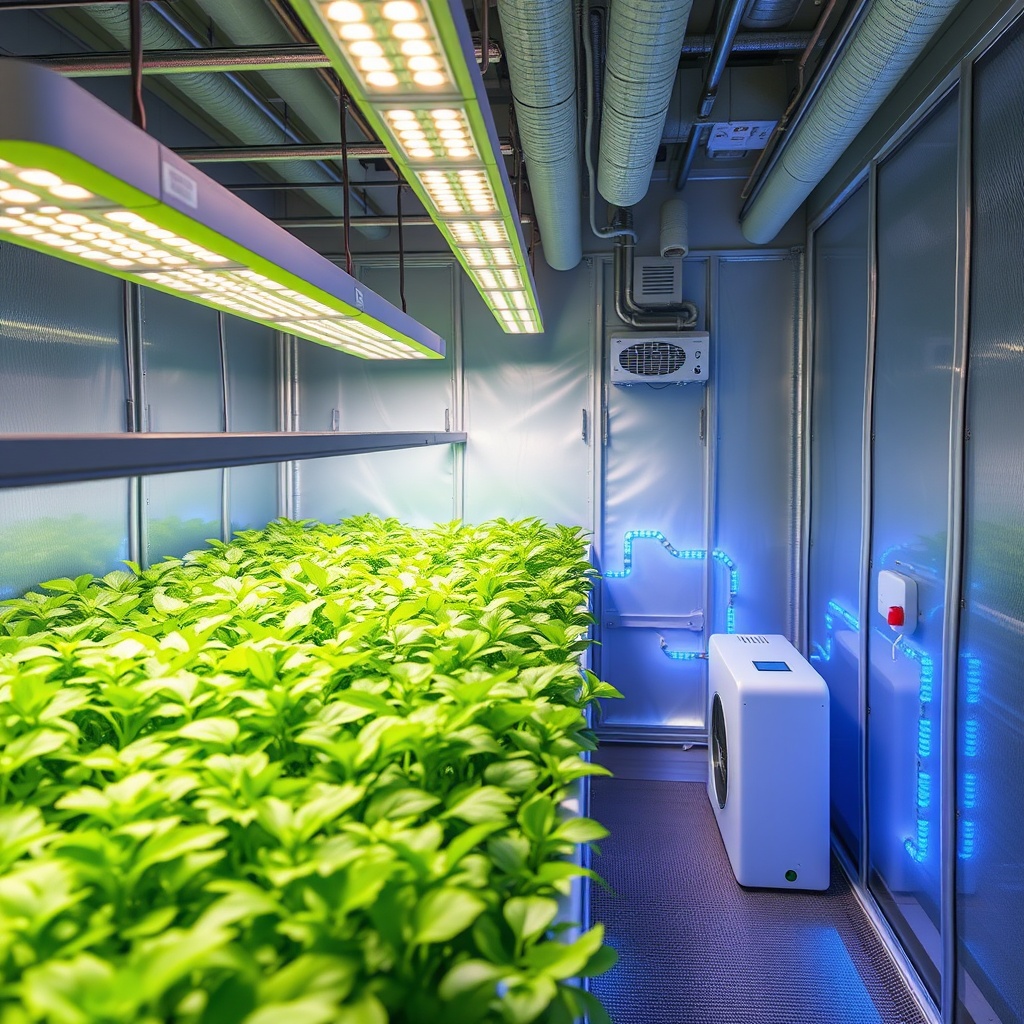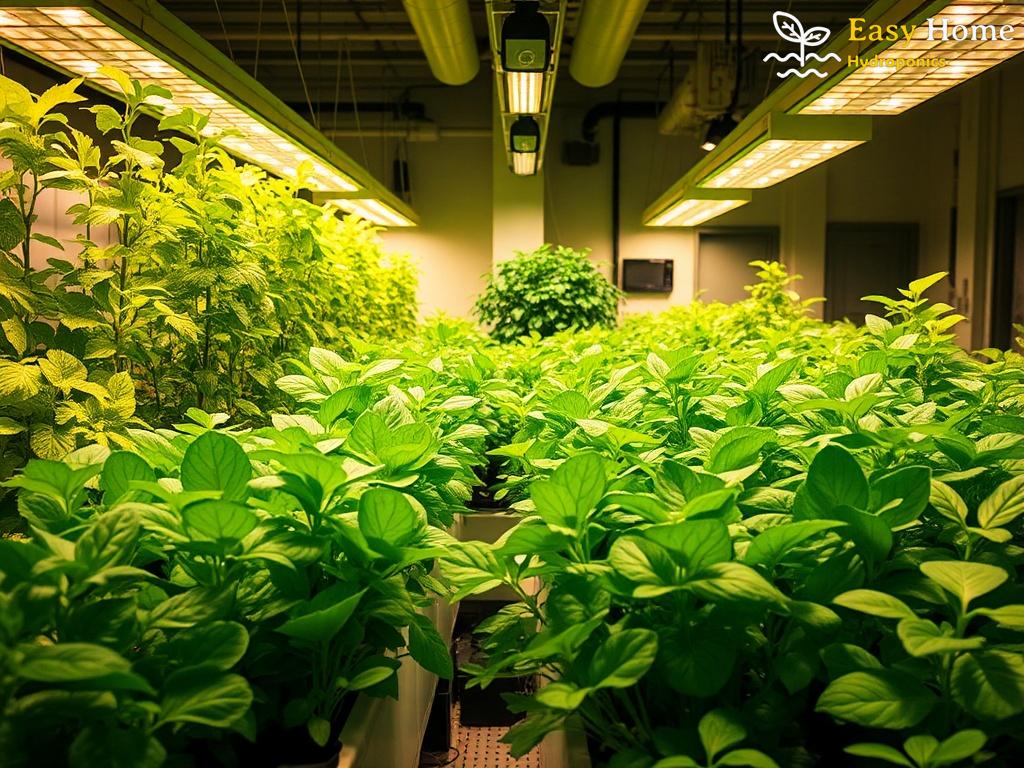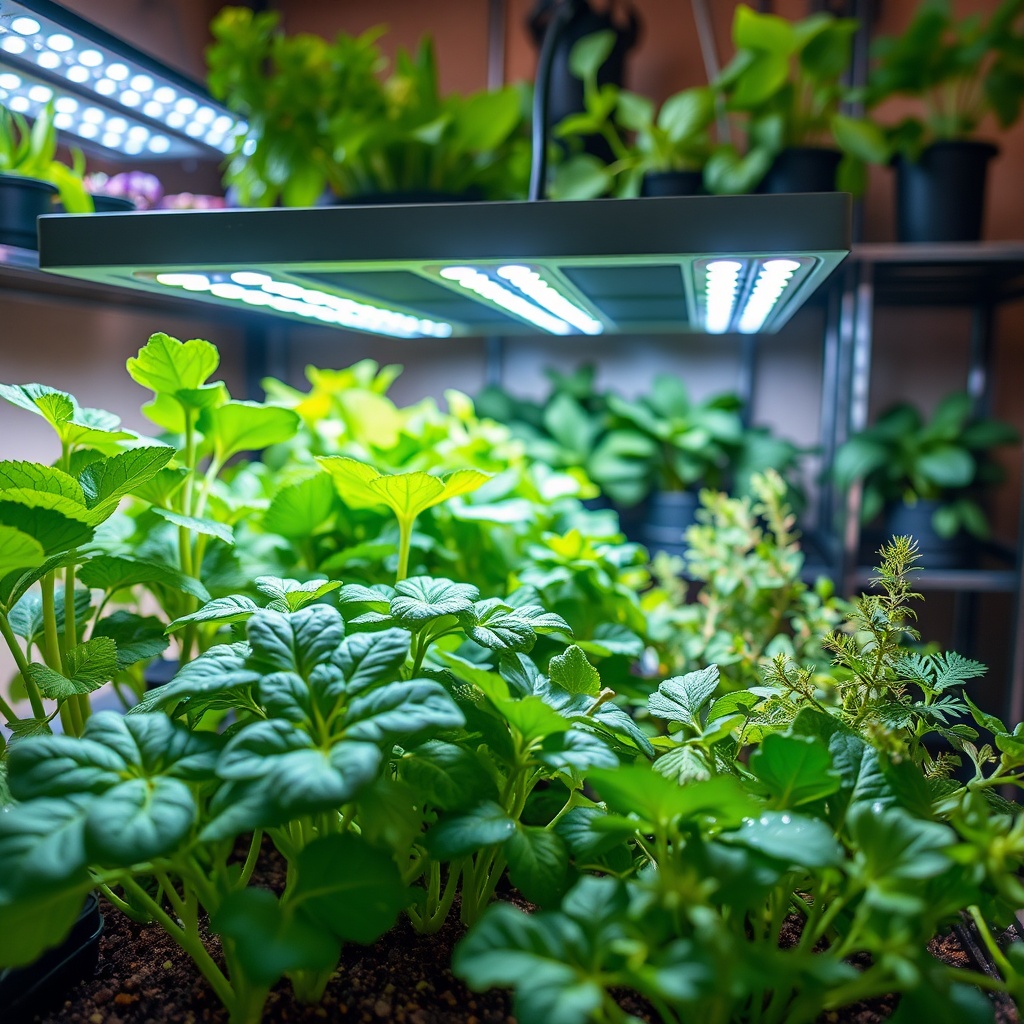Illuminating Algae: Understanding Light’s Influence
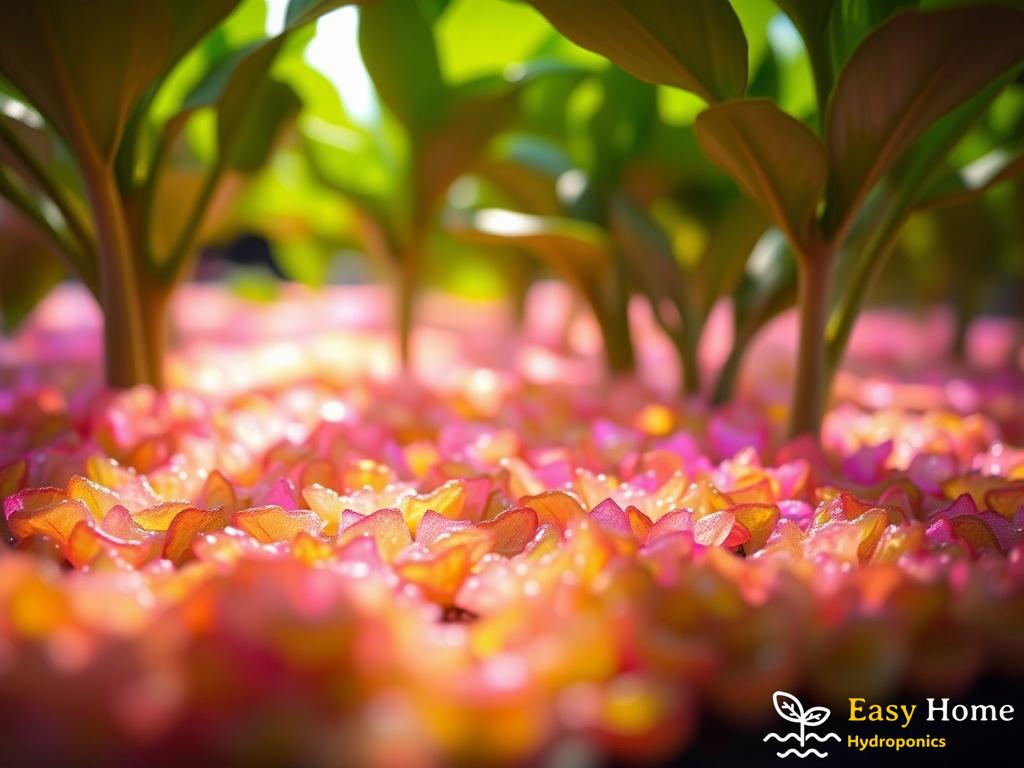
In the vibrant world of hydroponics, light isn’t just a tool; it’s a pivotal player that dictates the growth dynamics of both plants and algae. As hydroponic systems strive for optimal plant health, understanding how light influences algae can mean the difference between a flourishing garden and a murky disaster. This article delves into the intricate relationship between light and algae, shedding light on how controlling illumination can prevent unwanted growth.
Algae, often viewed as the pesky intruders in aquatic systems, thrive in conditions where light is abundant. These microorganisms can proliferate rapidly, competing for nutrients and oxygen, which can lead to detrimental effects on plant health. By understanding the biology of algae and their light preferences, hydroponic growers can develop effective strategies to keep these unwanted guests at bay.
- Light Quality: Different wavelengths of light can influence algae growth differently. For instance, blue light promotes growth, while red light may have varying effects.
- Light Duration: Extended exposure to light can stimulate algal blooms. Managing light cycles is crucial.
- Light Intensity: High-intensity light can accelerate algal growth, necessitating careful control.
Creating an environment conducive to plant growth while deterring algae is a balancing act. By manipulating light quality, duration, and intensity, growers can find the sweet spot that benefits their crops while keeping algae at bay. Here’s a breakdown of key strategies:
| Strategy | Description |
|---|---|
| Optimize Light Spectrum | Utilize LED lights that emit specific wavelengths favoring plant growth over algae. |
| Implement Light Schedule | Set timers for light exposure to mimic natural cycles and limit algae growth. |
| Control Light Intensity | Adjust the distance of light sources to manage intensity and reduce excessive algal growth. |
The future of hydroponics may lie in innovative lighting solutions that not only enhance plant growth but also inhibit algae. Research into smart lighting systems, which can adjust in real-time based on environmental feedback, is paving the way for more sustainable practices. By embracing these technological advancements, hydroponic enthusiasts can ensure that their systems remain algae-free while promoting healthy plant growth.
Spectrum Secrets: The Best Light for Hydroponics
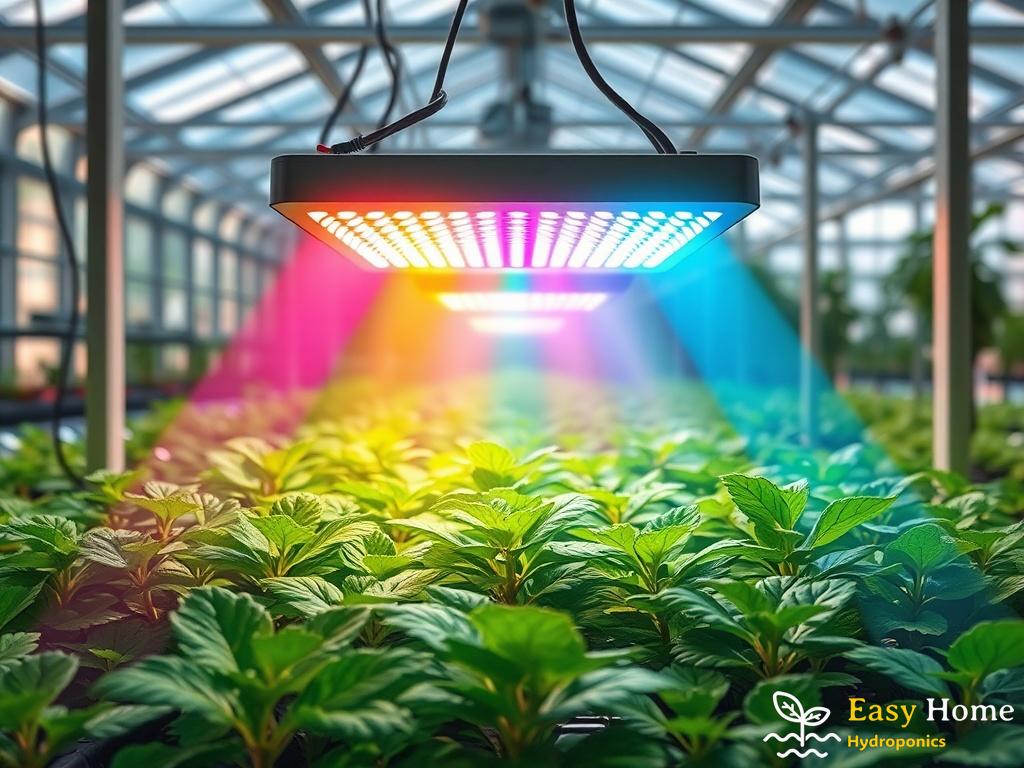
As hydroponic enthusiasts delve deeper into the art and science of plant cultivation, one essential element continues to shine: the light spectrum. The right light not only fosters healthy plants but also plays a crucial role in inhibiting the growth of unwanted algae. Understanding the spectrum secrets can unlock a new level of control over your hydroponic environment, ensuring your plants thrive while keeping pesky algae at bay.
The importance of light quality cannot be overstated. Different wavelengths have unique effects on both plants and algae. For instance, while blue light is known to promote robust vegetative growth, red light can encourage flowering. However, it’s crucial to recognize that certain wavelengths can also trigger algal blooms. By carefully selecting the light spectrum, growers can create an environment that favors their crops while suppressing algae.
Research has shown that blue light not only enhances plant growth but also plays a significant role in inhibiting algae proliferation. It stimulates chlorophyll production, which in turn supports healthy plant development. Conversely, red light, while beneficial for flowering, can inadvertently contribute to the conditions that favor algae. This duality highlights the need for a well-rounded approach to lighting that balances the benefits for plants while minimizing algae risks.
Beyond the spectrum, light duration and intensity are vital components in the battle against algae. Prolonged exposure to light can lead to rampant algal growth, so implementing a strategic light schedule is essential. Consider mimicking natural daylight cycles to prevent excessive light that could favor algae. Moreover, controlling light intensity is crucial; reducing the distance between plants and light sources can help manage this factor effectively. By finding the right balance, hydroponic growers can significantly reduce the chances of algae taking over their systems.
The Balance of Brightness: Optimizing Light Levels
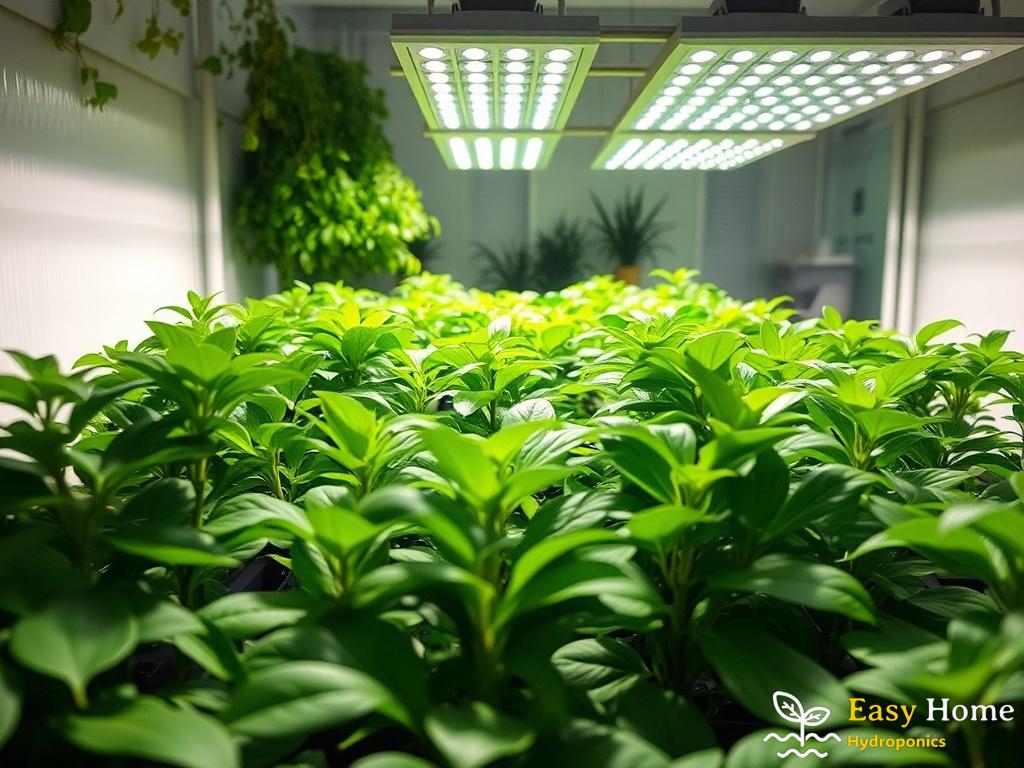
In the dynamic realm of hydroponics, where every detail can make a significant difference, achieving the right balance of light intensity is crucial for maintaining a healthy ecosystem. The quest to find this equilibrium between brightness and growth is not merely a matter of aesthetics; it is a fundamental aspect of preventing unwanted algae proliferation. In this exploration, we will delve into the strategies that hydroponic growers can deploy to optimize light levels and foster an environment conducive to thriving plants while keeping algae at bay.
Finding the ideal light intensity is akin to discovering a sweet spot that nurtures plant growth while simultaneously hindering algae. Hydroponic systems often face the challenge of excessive brightness, which can lead to algal blooms that overshadow the intended crops. Understanding the photosynthetic needs of your plants is essential in this endeavor. Different species may have varying light requirements; thus, adjusting the intensity according to the specific plants in your system is vital. This precision not only enhances plant health but also minimizes the risk of algae taking advantage of the excess light.
Another key factor in managing light levels is the relationship between light duration and proximity. Strategically timed light cycles can significantly influence algae growth. By simulating natural sunlight patterns, growers can reduce prolonged exposure that encourages algal blooms. Additionally, the distance between the light source and the plants plays a pivotal role in controlling brightness. Optimal spacing can help regulate the intensity that reaches the plants while preventing excessive brightness that could benefit algae more than the intended crops. As such, careful consideration of both timing and distance can lead to a harmonious balance that promotes healthy growth and suppresses unwanted organisms.
As hydroponic technology continues to evolve, growers are encouraged to explore innovative lighting solutions that provide customizable settings. These advancements empower growers to dynamically adjust light levels based on real-time data, ensuring that plants receive just the right amount of light to flourish while keeping algae in check. In this balancing act, the goal remains clear: a thriving hydroponic system where plants flourish in the spotlight, and algae remain relegated to the shadows.
Shadows and Growth: Managing Light Exposure
In the delicate interplay of hydroponics, the management of light exposure emerges as a fundamental practice. Striking the right balance between light and shadow can be the key to fostering healthy plant growth while keeping algae at bay. This intricate dance of illumination involves understanding the nuances of light duration, intensity, and the strategic use of darkness. By fine-tuning these elements, growers can create an environment that not only promotes robust crops but also thwarts the unwelcome advance of algae.
To effectively manage light exposure, hydroponic growers should consider establishing a well-structured light schedule. This involves not only determining the optimal amount of light required for different plant species but also incorporating periods of darkness. The presence of shadows can inhibit algal growth, as many algae rely on constant light for their proliferation. By creating a rhythm of light and shadow, growers can significantly reduce the chances of algal blooms.
Darkness is often overlooked in hydroponic lighting strategies, yet it plays a pivotal role in maintaining balance. Plants require dark periods to undergo essential processes such as respiration, which supports overall health and growth. Furthermore, incorporating dark cycles disrupts the conditions that favor algae, allowing for a more controlled environment.
Here are some key points to consider when integrating dark cycles into your hydroponic system:
- Duration: Aim for a dark period of at least 4-6 hours each day to effectively minimize algal growth.
- Timing: Schedule dark cycles during times of lower ambient light to maximize their effectiveness.
- Species-Specific Needs: Research the light and dark requirements of your specific plants to tailor the schedule accordingly.
Shadows can be harnessed to create microenvironments within a hydroponic system. By strategically positioning plant trays or utilizing light-blocking materials, growers can create shaded areas that deter algae while providing optimal conditions for specific plants. This technique not only promotes diversity in plant growth but also introduces an element of creativity in managing light exposure.
In conclusion, effectively managing light exposure in hydroponic systems is not just about ensuring sufficient brightness; it’s also about recognizing the value of shadows and darkness. By embracing a holistic approach to light management, hydroponic enthusiasts can foster thriving plants while keeping the dreaded algae at bay.
Innovative Solutions: Using Light to Combat Algae
As hydroponic gardening continues to evolve, the quest for sustainable practices has led to groundbreaking innovations in lighting technology. These advancements not only enhance plant growth but also serve as powerful tools to combat the persistent threat of algae. By harnessing the unique properties of light, growers can create environments that are inhospitable to algae while promoting healthy crops. Let’s explore some of the cutting-edge solutions that are changing the landscape of hydroponics.
One of the most promising innovations in hydroponic lighting is the development of smart lighting systems. These advanced setups utilize sensors and artificial intelligence to monitor environmental conditions in real-time. This allows them to adjust light quality, intensity, and duration based on specific plant needs and the presence of algae. For instance, when algae are detected, the system can automatically shift to a light spectrum that inhibits algal growth, while still providing optimal conditions for the plants.
LED technology has revolutionized the way growers think about light in hydroponic systems. Unlike traditional lighting, LEDs can be engineered to emit specific wavelengths that are beneficial to plant growth while simultaneously detrimental to algae. By selecting the right combination of blue and red light, growers can enhance photosynthesis in plants while suppressing the growth of unwanted microorganisms. This precision in lighting not only boosts crop yields but also minimizes maintenance efforts associated with algae control.
Another innovative approach involves the use of ultraviolet (UV) light as a natural method for algae management. UV light has been shown to possess antimicrobial properties that can effectively reduce algal populations without harming plants. Incorporating UV light into the hydroponic system can create an additional layer of protection, ensuring that algae do not thrive in nutrient-rich environments. This method not only supports plant health but also contributes to a cleaner and more sustainable growing process.
Key Innovations in Hydroponic Lighting:
- Smart Lighting Systems: Automated adjustments for real-time growth optimization.
- LED Technology: Customized light spectrums to favor plants and discourage algae.
- UV Light Integration: Natural algae control through antimicrobial properties.
In summary, the role of light in preventing algae growth in hydroponic systems is being transformed by innovative solutions that leverage technology and biological principles. By embracing these advancements, hydroponic growers can ensure a thriving, algae-free environment that maximizes plant health and productivity.

